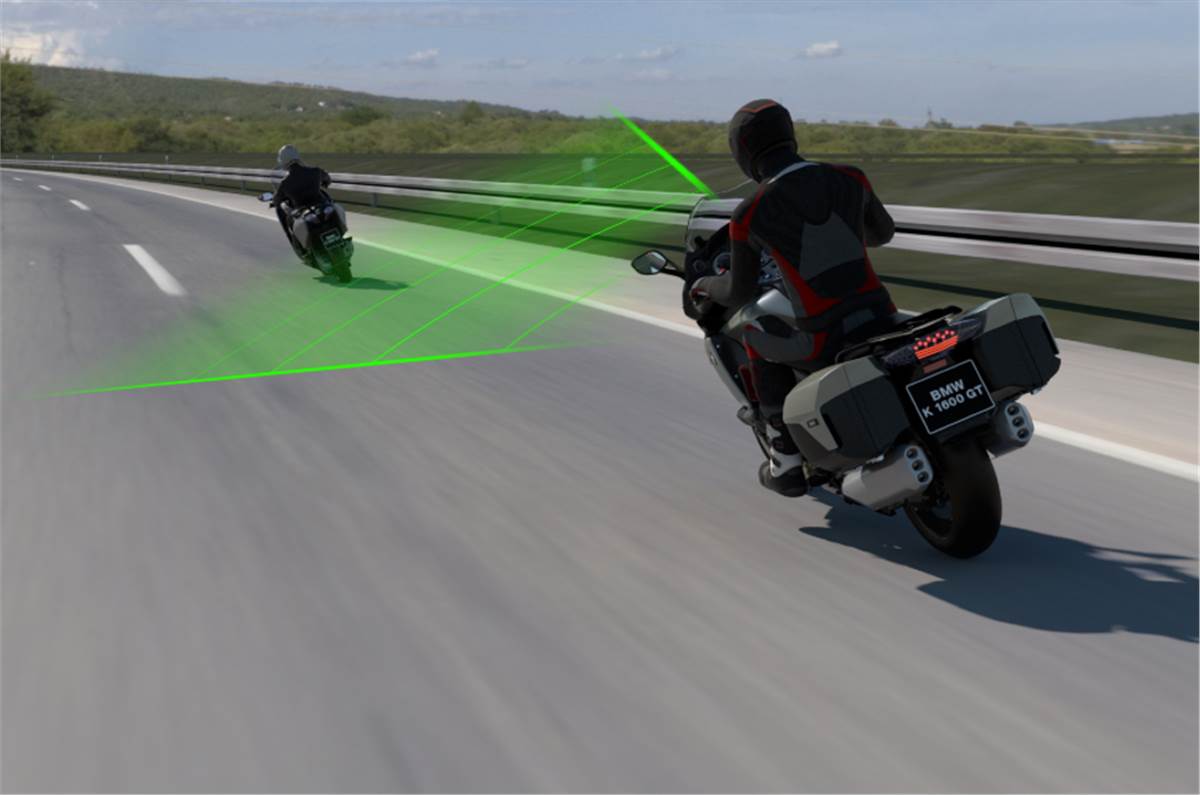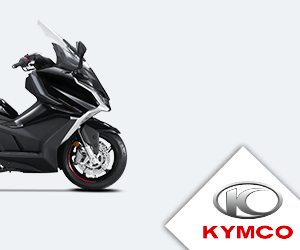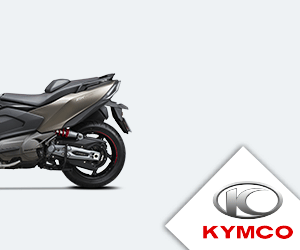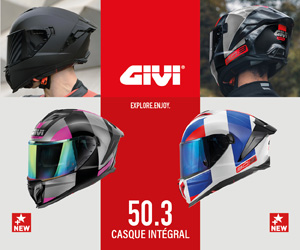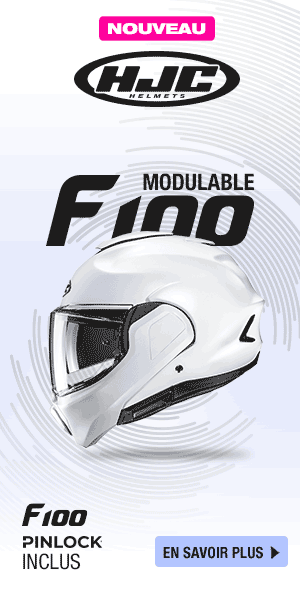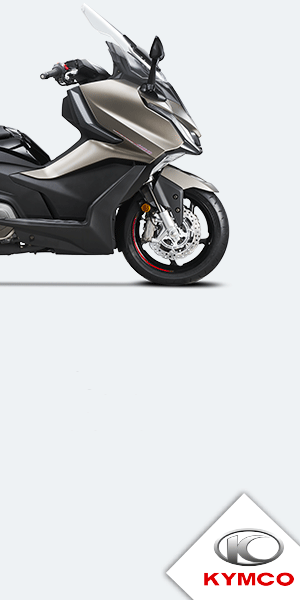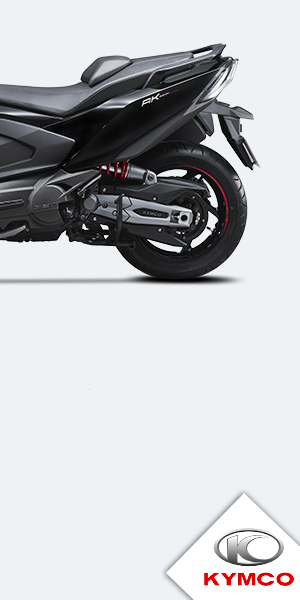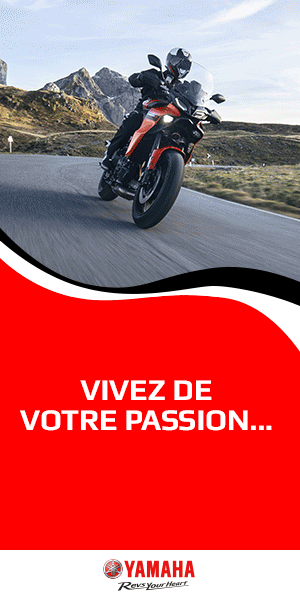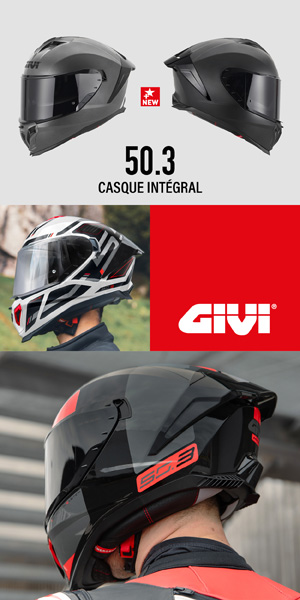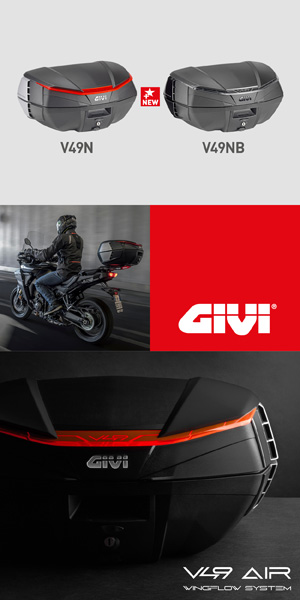Being visible to other drivers is always an important point regarding motorcycle safety in traffic. As automakers develop semi-autonomous vehicles equipped with adaptive cruise control or automatic emergency braking, motorcycles face a new challenge: being noticed by the electronic eyes of modern vehicles, whether sensors, cameras or radars, rather than through the biological eyes of drivers.
On cars, front-mounted radars allow adaptive cruise control and automatic emergency braking systems to be used by monitoring the distance to vehicles in front, while rear-mounted radars allow blind spot monitoring systems. In traffic, however, motorcycles, especially if they are small in section and with a good dose of plastic covering, may not be perfectly visible on radar.
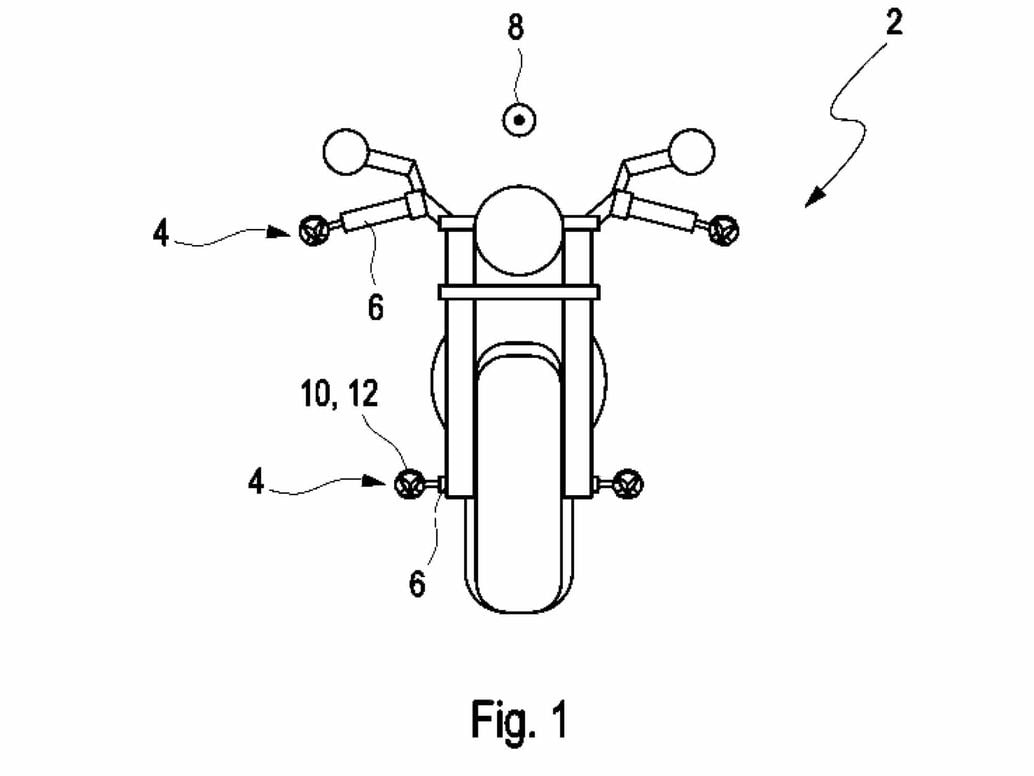
For this reason, BMW has developed and patented passive radar reflectors that are simple to mount, for example, at the ends of the handlebars or other peripheral points of any motorcycle.
It's a relatively simple solution compared to the problem: the Bavarian firm took inspiration from the sea – another place where radar has become ubiquitous and small fiberglass-clad vehicles share space with much larger metal vehicles. larger – and borrowed the idea of passive radar reflectors.
Radar reflectors are already common on small boats, in passive or active form. Passives are simply made of sheets of metal attached at right angles to form sets of corner reflectors capable of reflecting radar waves directly back to their source, and it is these that BMW has adapted for use on motorcycles .
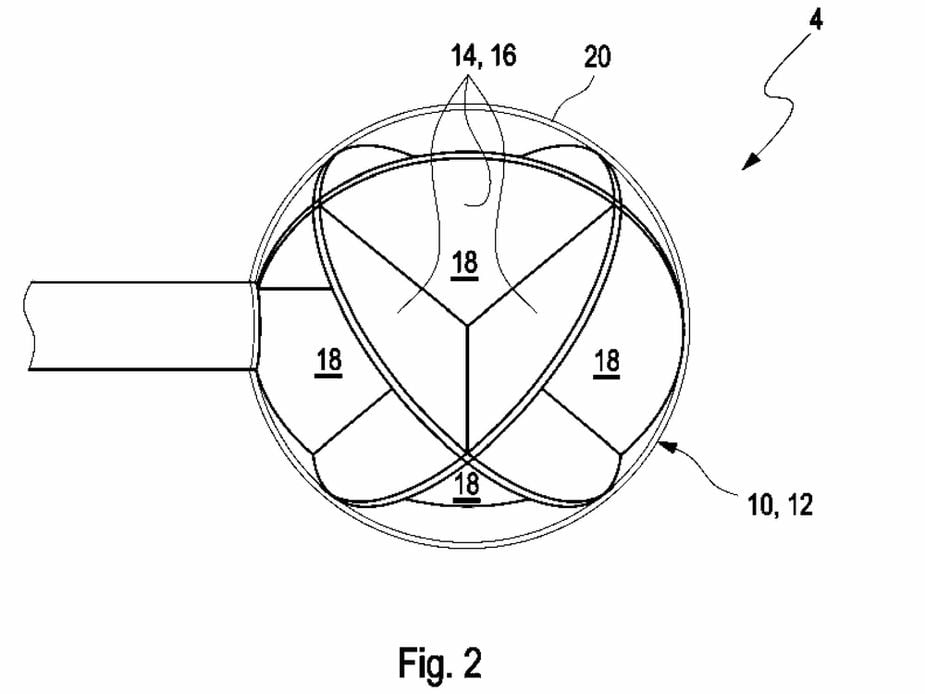
BMW's patent application shows a motorcycle equipped with golf ball-sized reflectors, which are simply miniaturized versions of their marine equivalents. By mounting them to the handlebar ends and wheel axles of the motorcycle, there is no angle at which a radar can be pointed at a motorcycle without hitting at least one of the reflectors, sending a strong signal back toward the radar sensor.
Suzuki has already filed a similar patent concerning passive reflectors, but BMW's stands out because it also integrates the protective function for the motorcycle: made of synthetic material and with increased reflective properties, these would be the first pieces to touch the ground in case of fall.
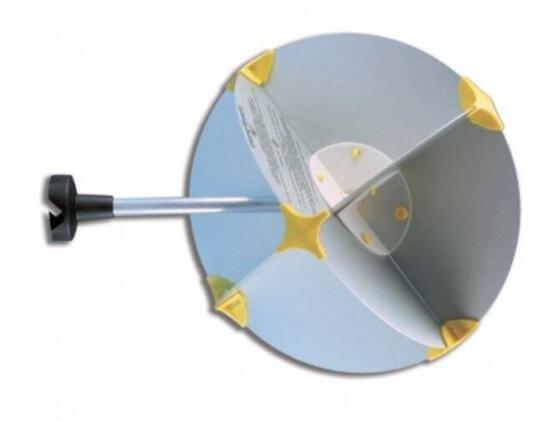
Given that we're all going to have to learn to share the roads with increasingly automated cars, even if BMW decides not to put this system into production, there's no doubt that parts manufacturers will soon do so.












